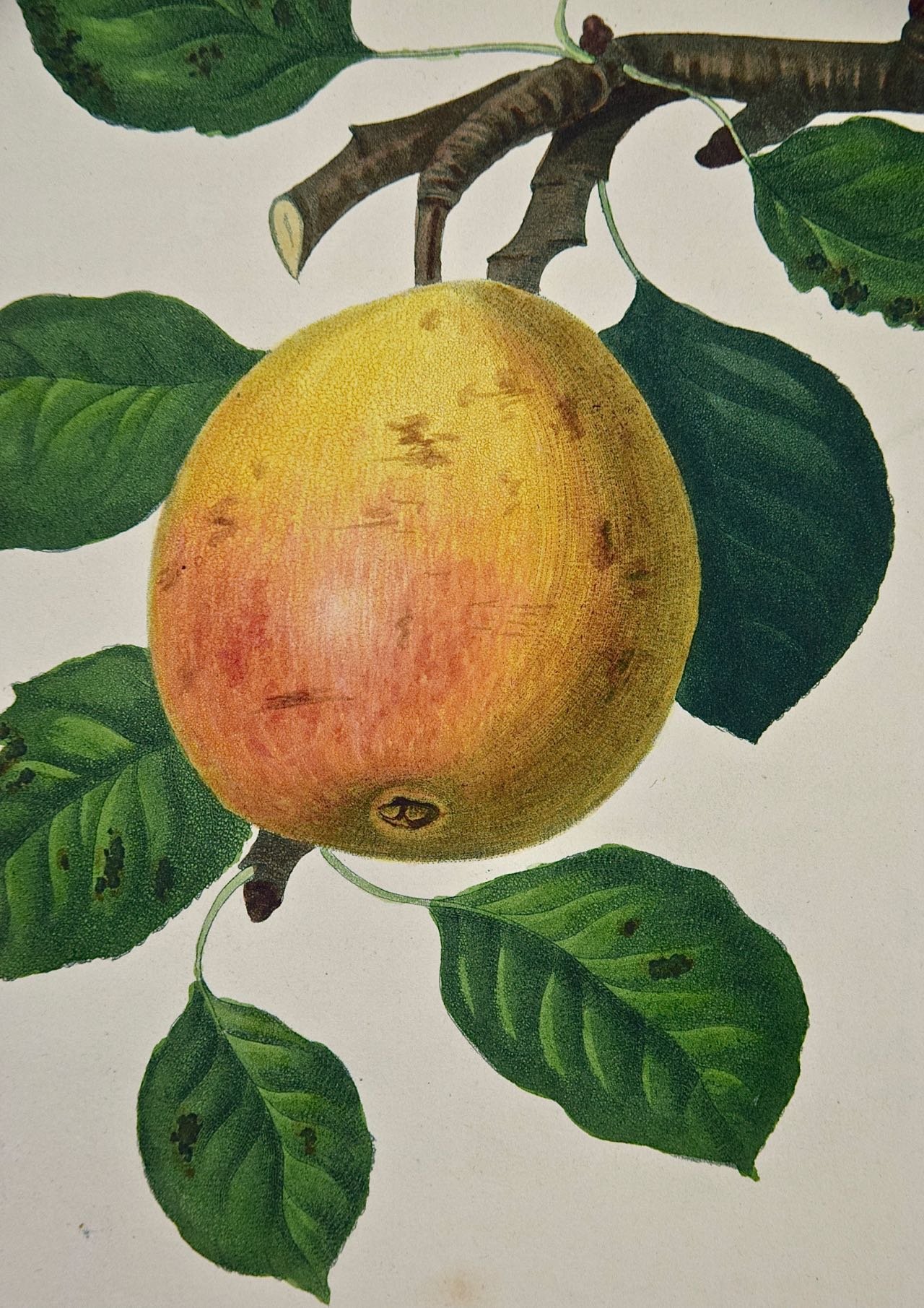Cactus "Cereus Procumbens": A 19th Century Hand-colored Engraving by Englemann
This is a 19th century hand-colored engraving of a flowering cactus entitled "Cereus Procumbens" by George Englemann (1808-1884) after a drawing by Paulus Roetter (1806–1894). It was published in Englemann's book "Cactaceae of the Boundary", part of the "United States and Mexican Boundary Survey" in 1859.
Creator: George Englemann (1809 - 1884)
Creation Year: 1859
Dimensions: Height: 16 in (40.64 cm)
Width: 20.13 in (51.14 cm)
Medium: Engraving
Condition: See description below.
This is a 19th century hand-colored engraving of a flowering cactus entitled "Cereus Procumbens" by George Englemann (1808-1884) after a drawing by Paulus Roetter (1806–1894). It was published in Englemann's book "Cactaceae of the Boundary", part of the "United States and Mexican Boundary Survey" in 1859.
Creator: George Englemann (1809 - 1884)
Creation Year: 1859
Dimensions: Height: 16 in (40.64 cm)
Width: 20.13 in (51.14 cm)
Medium: Engraving
Condition: See description below.
This is a 19th century hand-colored engraving of a flowering cactus entitled "Cereus Procumbens" by George Englemann (1808-1884) after a drawing by Paulus Roetter (1806–1894). It was published in Englemann's book "Cactaceae of the Boundary", part of the "United States and Mexican Boundary Survey" in 1859.
Creator: George Englemann (1809 - 1884)
Creation Year: 1859
Dimensions: Height: 16 in (40.64 cm)
Width: 20.13 in (51.14 cm)
Medium: Engraving
Condition: See description below.
This colorful engraving, highlighted by two red and yellow flowers, is presented in a cream colored French mat and a protective clear sleeve. The mat measures 16" high by 20.13 wide and the sheet measures 11.13" high by 8.5" wide. There is spotting/foxing, but the print is otherwise in very good condition.
Born in Frankfort, Germany, George Engelmann first became a physician with a degree from the University of Wurzburg, Germany in 1831. In the early 19th Century, medicine was still botanically oriented where all students studied medical plants as a major part of the curriculum. The study of medical plant anatomy gave him an advantage over many other American botanists after he immigrated to the USA in 1832, settling in Illinois near St. Louis. Engelmann became an American cactologist (taxonomist) and a first rate botanist as well as a physician for the rest of his life. Engelmann became a leading physician in St. Louis. It was during this time that the botanist in him allowed him to explore in a number of states, studying cacti and other plants in their native habitat. Engelmann was one of the first in the USA to research and describe a majority of cacti, agaves and yuccas in Texas and southwestern parts of the United States along with some in the northern portion of Mexico.


































